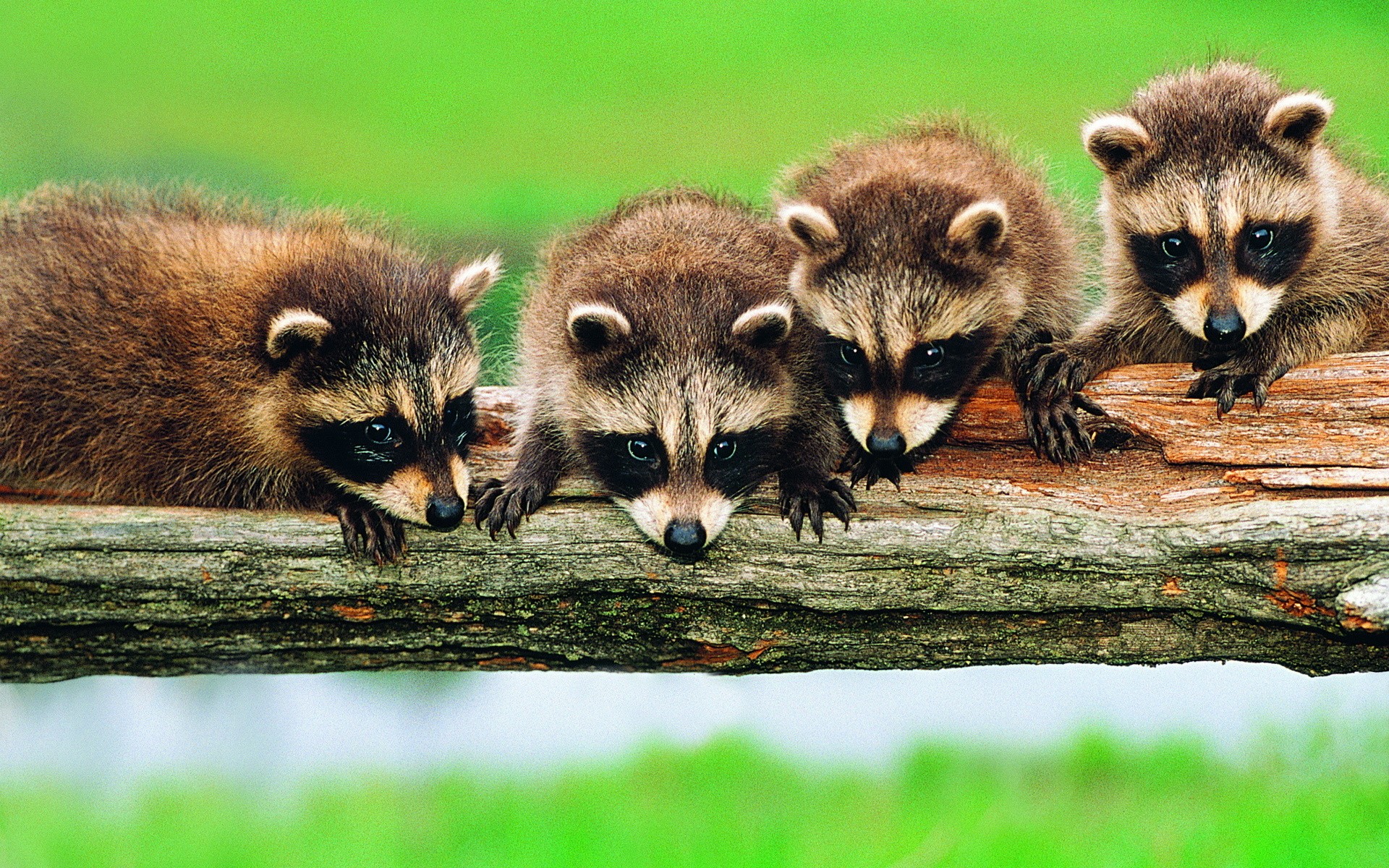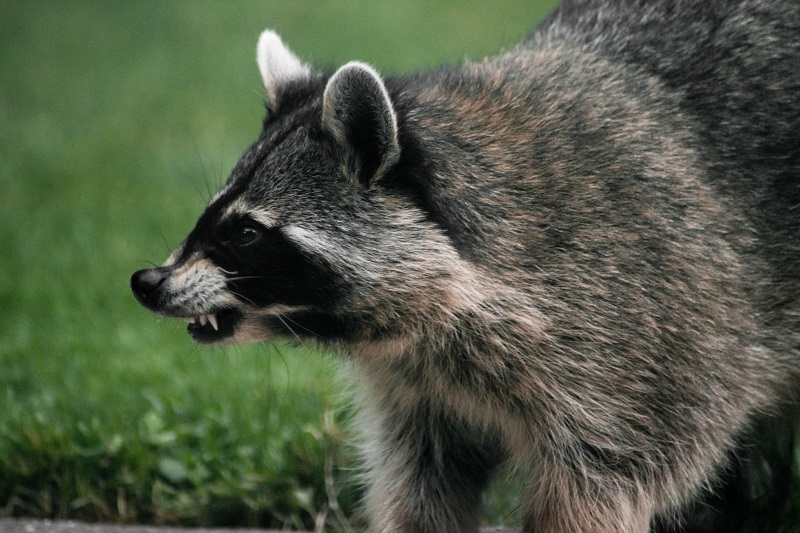

What do I do if I find a raccoon latrine? Learn more about raccoon roundworm on the CDPH website or CDC website.Ī raccoon latrine in the niche of a large tree. Young children or developmentally disabled persons are at highest risk for infection as they may be more likely to put contaminated fingers, soil, or objects into their mouths. Anyone who is exposed to environments where raccoons frequent is potentially at risk. Roundworm eggs are passed in the feces of infected raccoons, and people become infected by ingesting eggs. Raccoons are the primary host of Baylisascaris procyonis, a roundworm that can be harmful to people.

ARE RACOONS NOCTURNAL ANIMALS PROFESSIONAL
If raccoons have already taken up residence on your property, it may be necessary to seek help from a professional wildlife trapper to remove them. Teach children not to put soil or unwashed hands in their mouths.Be cautious using and handling fallen timber for firewood. Do not store the hay you buy in areas that raccoons have access to. Purchase hay or straw from a clean source and dispose of any bales that show evidence of fecal contamination. In addition, raccoons like to nest in hay lofts and may contaminate hay or straw that is used for bedding or food. Favorite spots are at the base of trees, in the forks of trees, on fallen logs, large rocks, woodpiles, decks, in attics, garages, chimneys, barns, and outbuildings.

Learn to recognize raccoon latrine areas and either stay away from them or clean them up if necessary.Not only are they not suitable for pets because they are wild animals, but they may pose a serious health risk. Seal off all outside openings to house attics.Seal the area under homes and out buildings to prevent raccoons from establishing dens there (if raccoons are already living under your building, contact the District or a private pest control operator for advice).Prevent the accumulation of fruit on trees or on the ground beneath them.Cut tree limbs back from roof to prevent raccoons from entering the house.Keep garbage cans closed with a bungee cord or tie and empty them frequently.Do not leave pet food out unattended in your yard.You can help discourage them from visiting your property by doing the following: Raccoons will eat almost anything, but urban and suburban raccoons often feed on garbage and pet food. Uncovered garbage cans, pet food left outside, and easy access to the crawl space under homes all provide an open invitation to encourage raccoons.
ARE RACOONS NOCTURNAL ANIMALS HOW TO
They have adapted to the loss of their natural habitat by learning how to obtain food and shelter among our homes and businesses. Raccoons live quite comfortably in residential neighborhoods throughout San Mateo County. Since they can carry rabies, it’s important that you never feed or approach a raccoon. They are usually about the size of a cat, but may be larger when well-fed on garbage. If they are used to being fed, raccoons can lose their fear of humans and become aggressive. Raccoons are nocturnal animals with brown fur, distinctive black mask-like markings on their faces, and ringed tails.


 0 kommentar(er)
0 kommentar(er)
